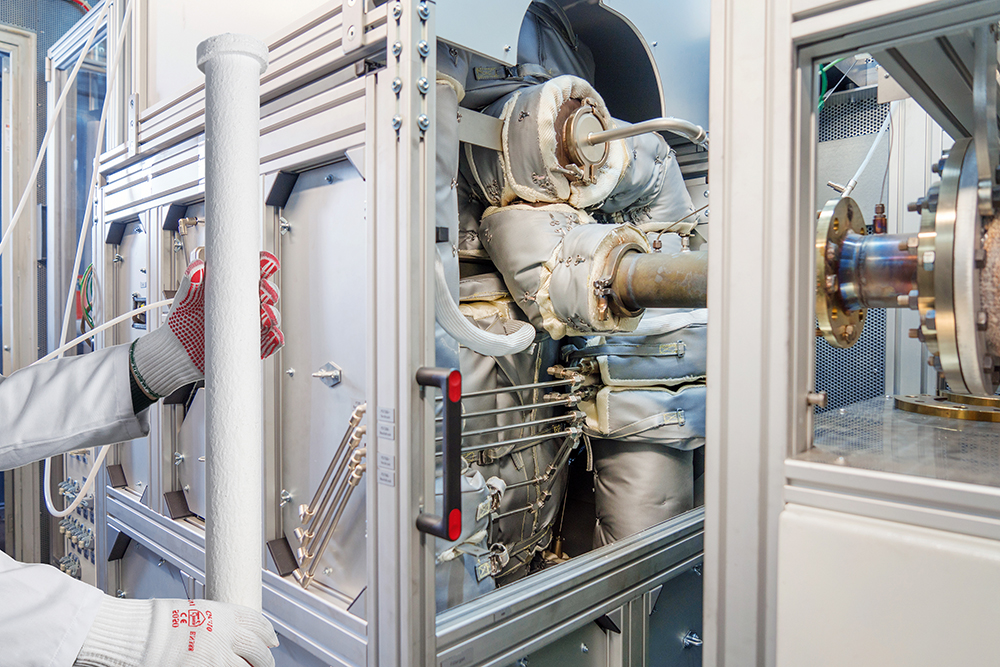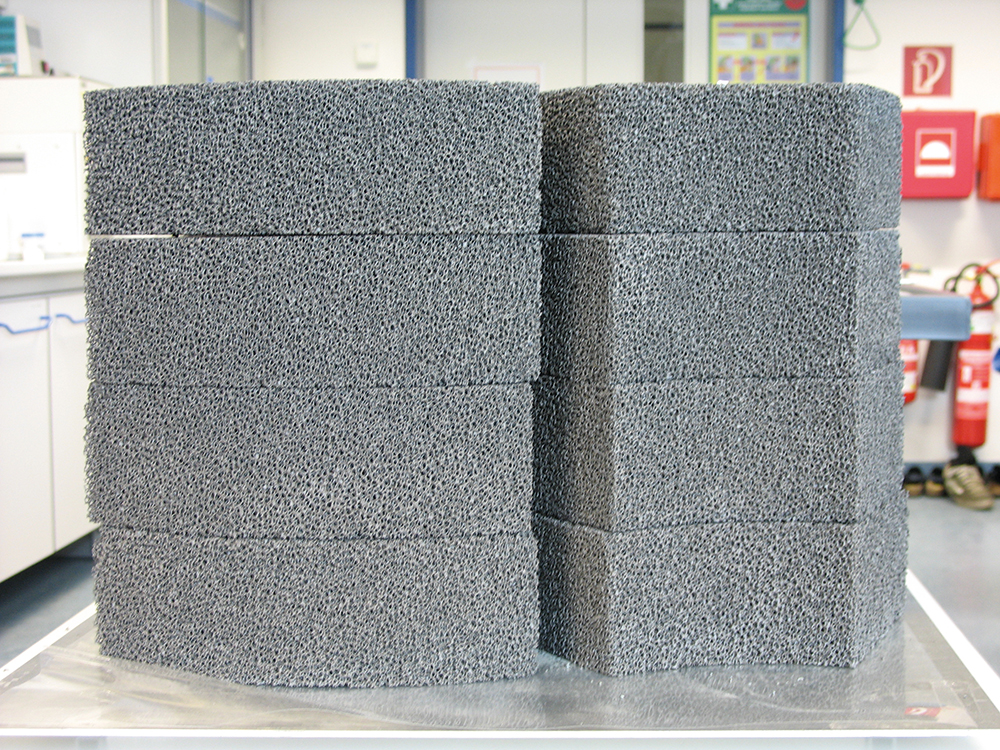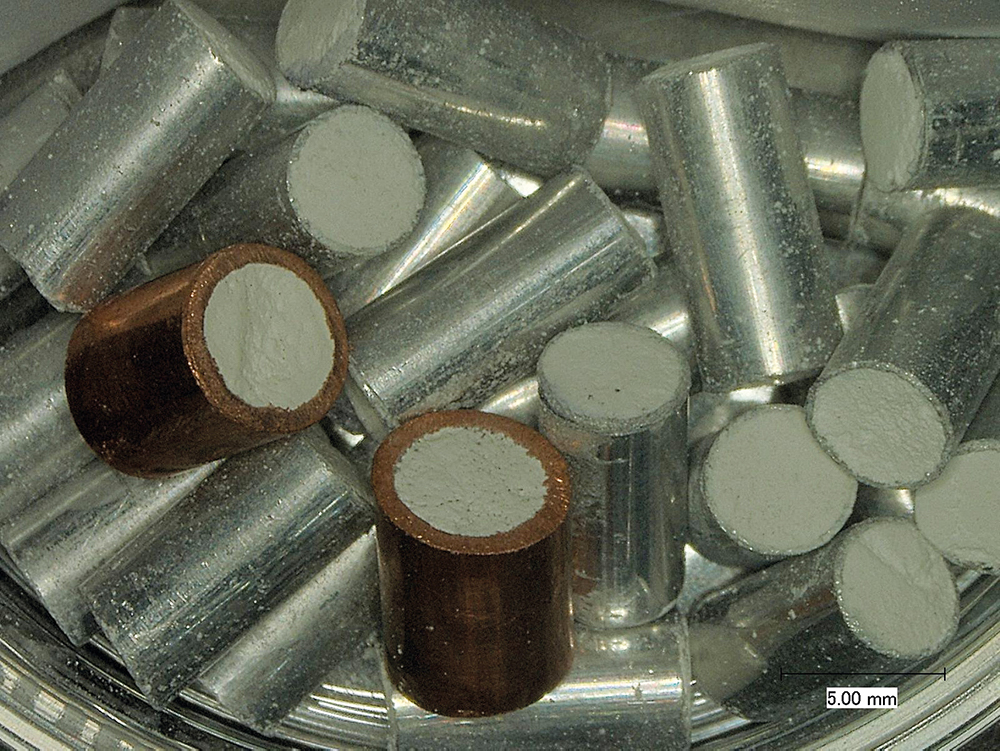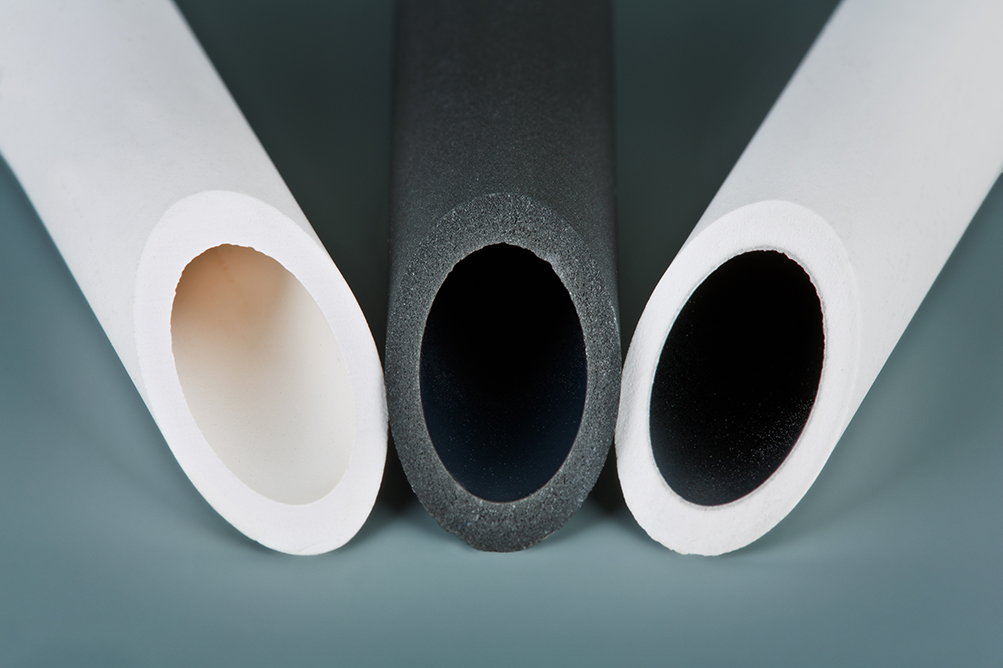
Industrial exhaust gas purification

Various methods are available for the purification of hot exhaust gas, depending on the type of emission and application. Ceramics are used in particular for cases where more traditional solutions reach their limits due to the prevailing temperatures or the presence of very corrosive media. Ceramics can also be a cost-efficient alternative to expensive special alloys or other costly materials.
Hot gas filtration/Dust removement
To remove the dust and recover valuable materials from hot exhaust gas, ceramic filters with good backflushing capability are used in operating temperatures up to approx. 800 °C and above. For a long time, development efforts focused on applications in modern designs for coal-fired power stations (pressurized combined cycle plants). More recent projects, by contrast, investigate processes in biomass gasification, exhaust gas purification in the cement and glass industries, waste incineration, and in the production of ink pigments or metal powders.
In this regard, Fraunhofer IKTS works to improve filter materials, technologies for the manufacture of innovative filter geometries and new applications for hot gas filters. A specialized test stand allows to test the separation performance of the filters and their reconditioning behavior for various types of dust.
Catalytic exhaust gas purification
Catalytic converters for the reduction of pollutant emissions from exhaust gas are used in a number of industrial processes. Among the most popular catalytic applications in exhaust gas purification is the oxidation of carbon monoxide, hydrocarbons and other volatile organic compounds, as well as the reduction of nitrogen oxides. The biggest advantages of catalytic exhaust gas treatment are their lower energy consumption and higher conversion rates as compared with thermal methods. Efficient catalytic converters, whose structure and material composition are adapted to the respective process conditions, are a prerequisite for realizing these advantages.
In this regard, structured catalytic converters, based on their large geometric surface and their favorable flow behavior, are highly suitable for use in heterogeneously catalyzed gas phase processes. Fraunhofer IKTS develops optimized catalytic converters based on highly porous ceramic structures, such as open-cell foam ceramics or ceramic honeycombs. The materials are functionalized by coating the support structures with selected catalytically active materials. Applying thin coats onto the support structure is usually sufficient to achieve catalytic conversion rates that are comparable with packing. It has already been possible to implement such solutions for oxidation and DeNOx catalytic converters.
Adsorption
Adsorption allows to purify gaseous pollutants, especially if they occur in low concentration. Loaded adsorbents are then disposed of or regenerated in desorption. Valuable substances, such as solvents from the exhaust air of printing works, can be recovered this way.
Typical adsorbents are activated charcoal and zeolites. They are used primarily as fixed bed packing. Using ceramic technologies, however, adsorbents can be also transformed into more specialized shapes and fixed to supports, e.g. as balls, pellets, honeycombs or other open-cell structures. This opens up new options in terms of handling and application, as well as innovative regeneration methods, such as microwave-based methods. Furthermore, Fraunhofer IKTS works to develop new or improved adsorbents in the form of modified activated charcoal, clay minerals, zeolites and MOFs (metal organic frameworks).
The combination of adsorbents with other materials allows to optimize specific properties. For instance, the sheathing of cylindric zeolite pellets with a metallic coating quadrupled the thermal conductivity of the fixed bed, which is very helpful for fast heating and cooling down during loading and regeneration processes.
Gas separation
Fraunhofer IKTS develops materials, components and processes for gas separation at high temperatures. Energy savings and easy integration in existing industrial processes (e.g. CO2 separation, CCS) are the main advantages over traditional methods. With regard to the development of new power plant concepts with reduced emissions and higher efficiency, gas-separating membranes are more and more the center of attention. The advantages of membranes, when compared with cyclical processes such as adsorption and desorption, are their continuous operation and their simple, flexible plant design, ensuring low investment cost and low energy consumption.
For its valuable materials development, IKTS uses graphite, carbon-nanotube and polymer-derived ceramic membranes, based on silicon oxycarbide (SiOC), silicon carbonitride (SiCN) as well as silicon carbide (SiC). The targeted optimization of synthesis routes allows to produce thin membranes which act as molecular sieves. The separating characteristics can be adapted across a wide range of options by varying the membrane material. Thus, the membranes offer wide-ranging potential for the separation of gases of differing molecular sizes (e.g. H2/CO2), but also for the separation of gases of
similar molecular sizes through adsorption (e.g. CO2 separation from biogas).



